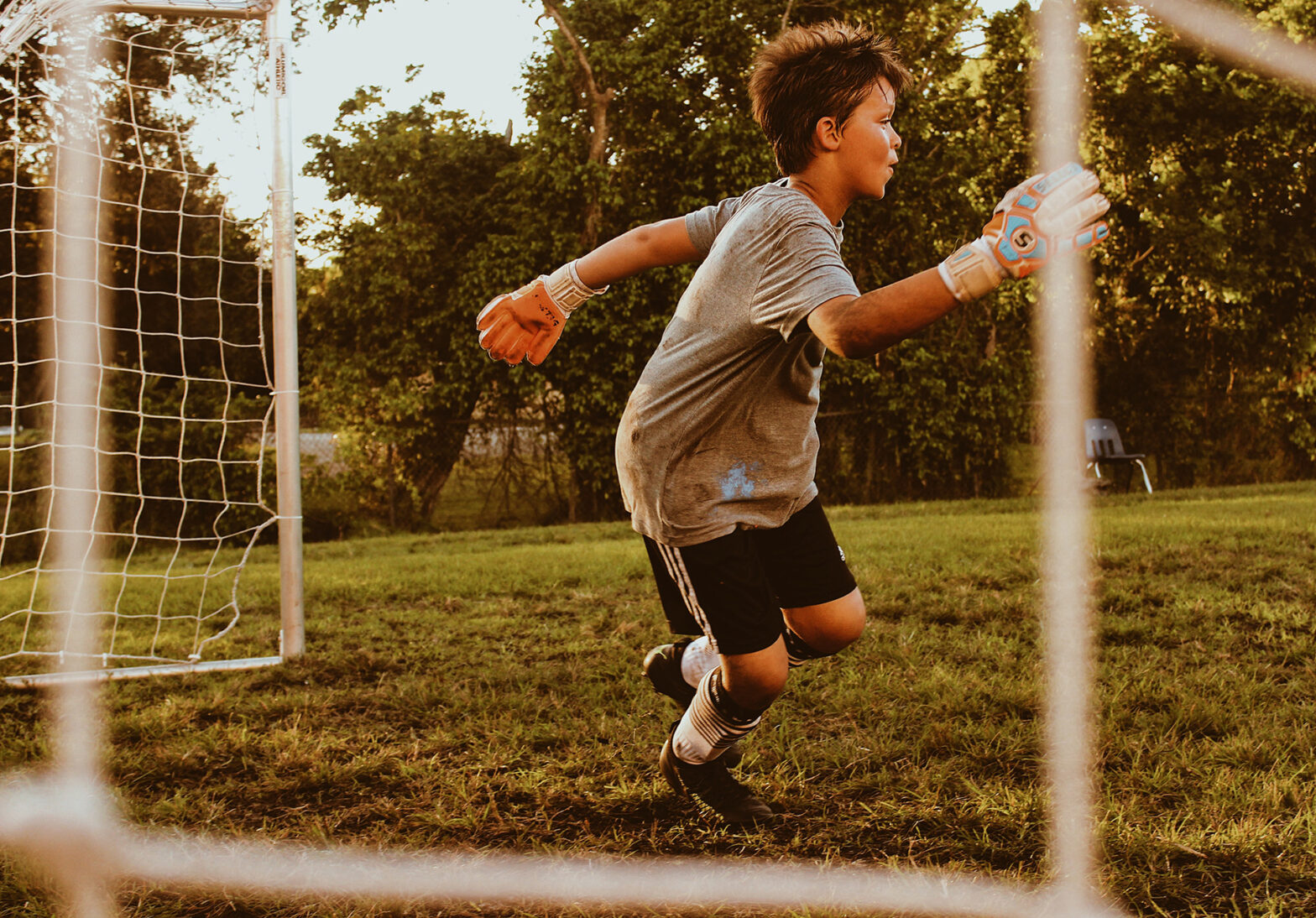Our kids development and sport, how can we do the best for them?

Physiotherapist Hal Blank discusses some of the key findings from the Sports Performance and Prevention Conference 2020:
One of the sobering messages to come out of this year’s conference is that the latest generations life expectancy is predicted to be 5 years less than previous generations due to inactivity. This really highlights the importance of getting and keeping our kids moving through sports and activity.
Why it’s essential that kids participate
Adolescence is a period of rapid growth. This is the stage when we develop most of our bone (girls grow fastest at age 12 and boys at 14) and muscle and also when we develop healthy patterns of movement. Being active through this period is essential to ensure we optimise our development. Being inactive through these ages can contribute to weaker bones, less muscle development and co-ordination, and becoming overweight which can lead to a whole host of health problems in later life.
Specialisation
Kids shouldn’t specialize in one sport too soon. Research is starting to show that kids who play several sports get injured less and develop better skills than those who focus on one sport too early.
There is a 50% increased likelihood of injury participating in one sport.
Roger Federer didn’t specialise as a tennis player early – growing up he played badminton, basketball and cricket
Training Loads
Young athletes don’t have to be flogged to get an adaption, they respond well to training. Compared with adults, who are less likely, to get injured the more they train (through strength, fitness and conditioning) our younger athletes will break down easier if they do too much. Here are some good guidelines:
Don’t do too much
You should not be doing more hours of organized sport than your age.
Balance sport with play
For every hour of sport allow 30 minutes of free play
Keep it seasonal
Don’t participate in the same sport for more than 8 months of the year
Development
Kids growing rapidly results in a number of challenges over and above how to keep the fridge at home stocked! A rapidly growing skeletal structure can contribute to challenges with moving this new longer body, when this is combined with developing muscles it can create issues with movement.
There are a number of things we can do to prevent injuries in our kids:
- Improving how they move through neuromuscular training programs
- Managing load
- Developing skills
Whangarei Physio and Hand Therapy Physiotherapists Hal Blank and Rachel Bean attended the Sports Performance and Prevention Conference 2020
For up to date treatment based on the scientific evidence please contact our team
